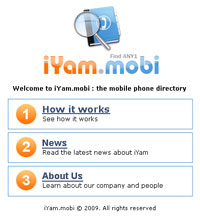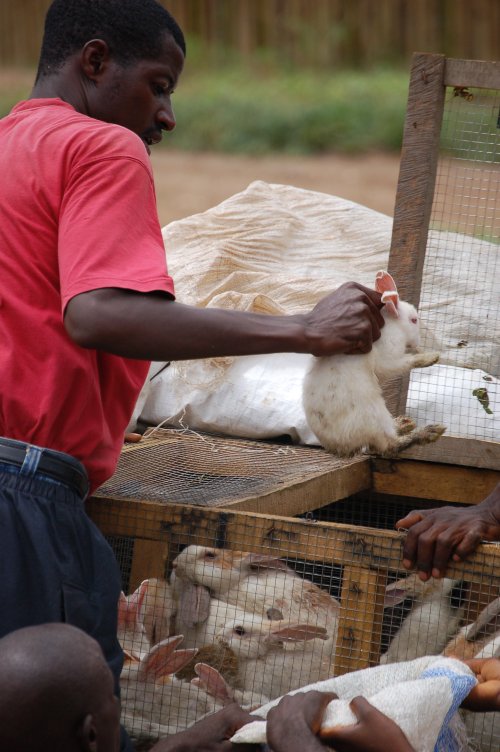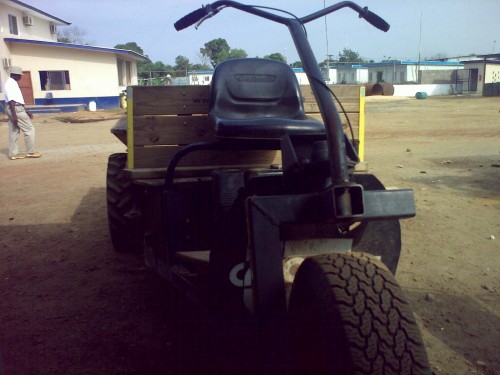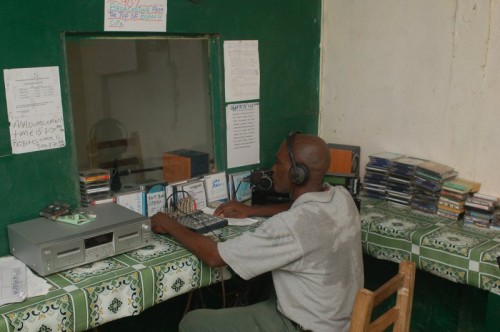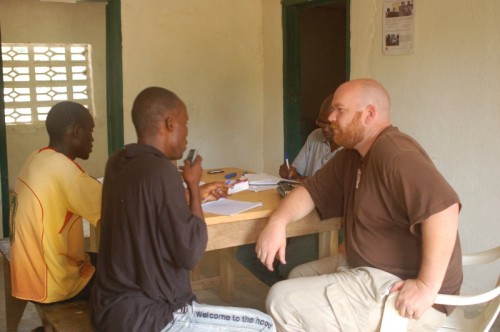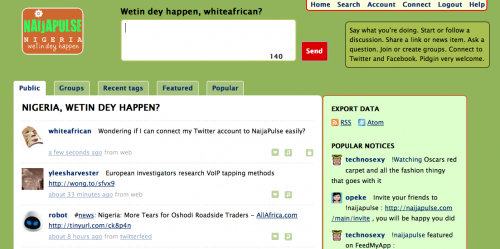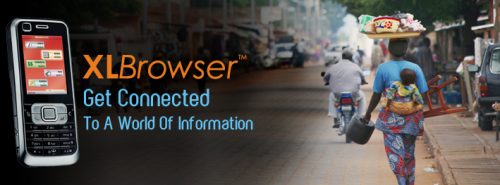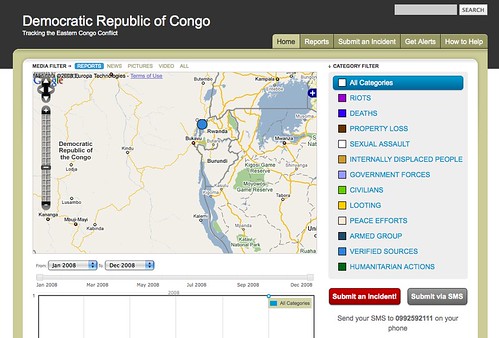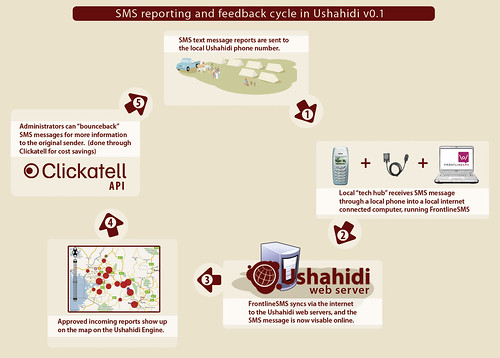 The Global Messaging Congress is underway in London. I’m here to speak about extending the power of messaging – providing critical information in disaster zones. My goal is to showcase some of the interesting solutions we’ve seen in this space, from Ushahidi to Cartagen to SMS GeoChat – among others. I’ll also be calling upon the experts here to think of what they would do with their knowledge and expertise with the tools that they know and understand so well if called upon to do so during an emergency.
The Global Messaging Congress is underway in London. I’m here to speak about extending the power of messaging – providing critical information in disaster zones. My goal is to showcase some of the interesting solutions we’ve seen in this space, from Ushahidi to Cartagen to SMS GeoChat – among others. I’ll also be calling upon the experts here to think of what they would do with their knowledge and expertise with the tools that they know and understand so well if called upon to do so during an emergency.
Notes from the Opening Remarks
It’s time to reinvent the industry. The personalization market is dying – the days of big money in ring tones and wallpaper is over. The economic crisis is tough and the regulatory market is not benign. So, why be optimistic?
1. Applications. Apple’s iPhone has changed the customers view of what an application is. The fact that a farting application can make $800,000 sends a certain signal. The question is how does this model change things once it moves beyond the early adopters?
2. Mobile social networking has become the epicenter of innovation. New business models and money making opportunities are being thrown off by this new market.
Operators, especially in places like the US, are trying to control what content shows up on the network. The government regulators and the operators policies are out of control, in fact there are some cases where the industry is suiting on the behalf of the customer. This will cause a downsizing in the US market for the next couple years from the content providers.
Keys to succeeding in the mobile social networking space:
- Alternate billing solutions. You have to have your virtual currencies tradeable on the social networking platforms. All payment methods must be accepted, from SMS payments to credit cards.
- Content. You have to have something there for people to use, read, play with. Quiz applications are the big thing right now (brings up example of a quiz app being #3 on iPhone apps right now).
- Discoverability. The main problem from users perspective has been trying to find the applications and content that they want. This is an issue for both the content providers and the operators to solve.
Role of the operator is changing, it specifically has a large impact in billing. They need to take a significant cut in the amount they charge for this service – 50% is just ridiculous, it must change as it’s not sustainable or excusable.
“Apple’s app store is the big shadow hanging over all of us, except of course that they’re never here…”

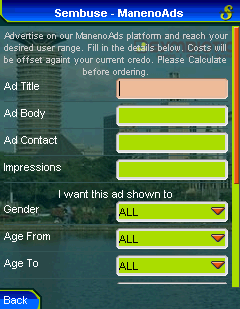 1. Value added services:
1. Value added services: